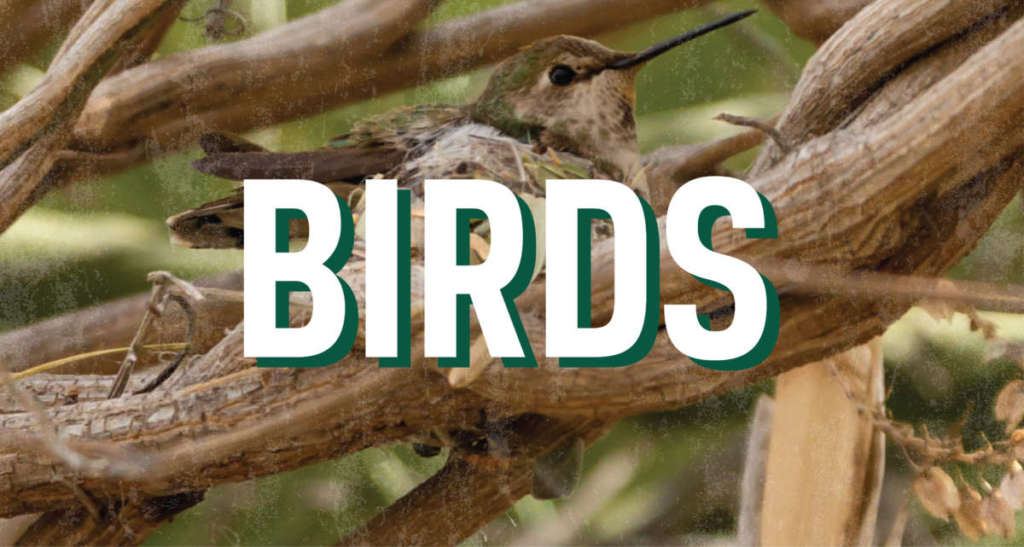Color is everywhere ‘on the desert’, but, also under the desert, and over the desert. It is earth, plant, air.
A place of discovery, the desert landscape is a symphony of gray, green, and ocher punctuated by tiny explosions in a wide range of white, orange, yellow, and red. Throw in the cooling effects of a rich purple and then the deep blue of the sky and you have made your way all around the color wheel.
“First light” is that time of day when the turning of the earth brings the sun closer to the horizon and the intense darkness of night begins to lift. Objects become distinct from their surroundings and we see them in blacks and whites and grays. But it is when the sun actually rises above the horizon – “second light” – that color floods back into the world. Without light there is no color and depending on how light is being reflected off of or absorbed by an object, and how our eyes process those light waves, we see different colors. We also see colors differently – to many, yellow is yellow, but to an artist it may be cadmium yellow or yellow ochre or . . . Explore color with us this week and brighten your world!
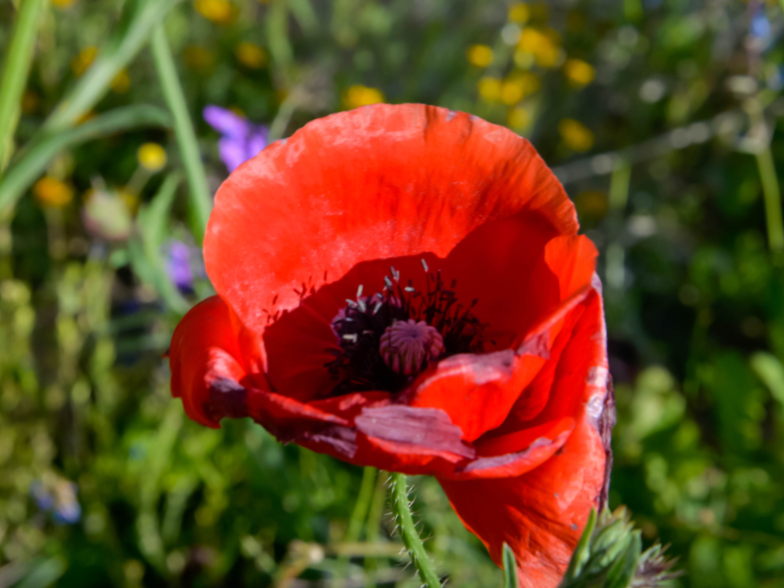
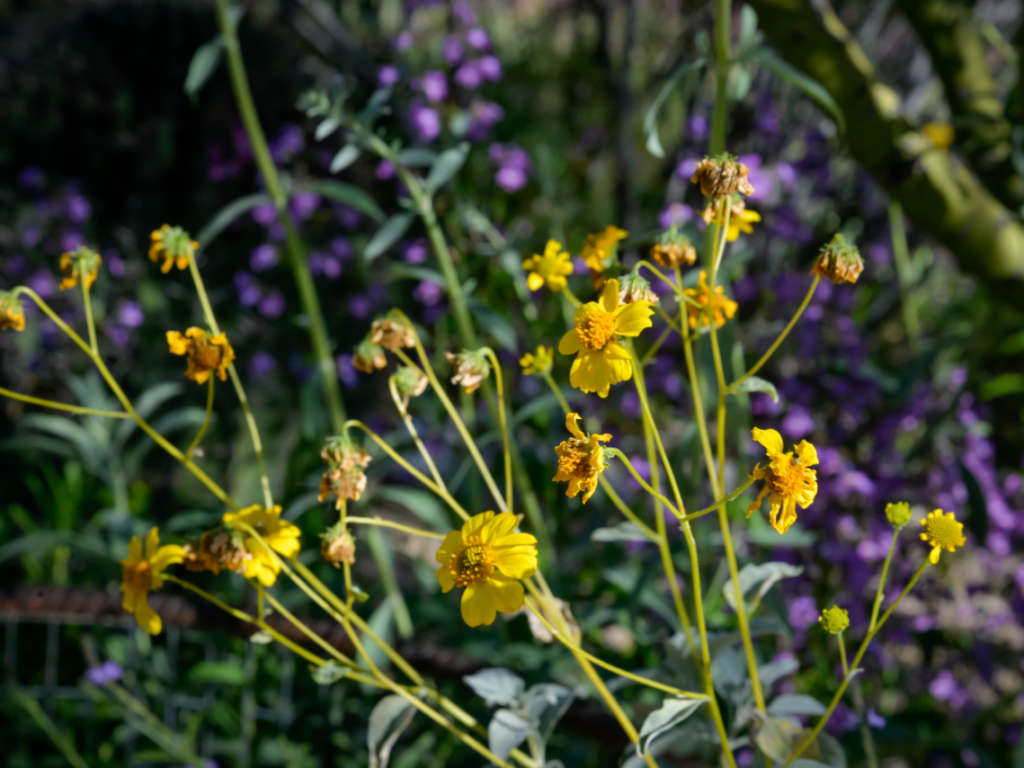
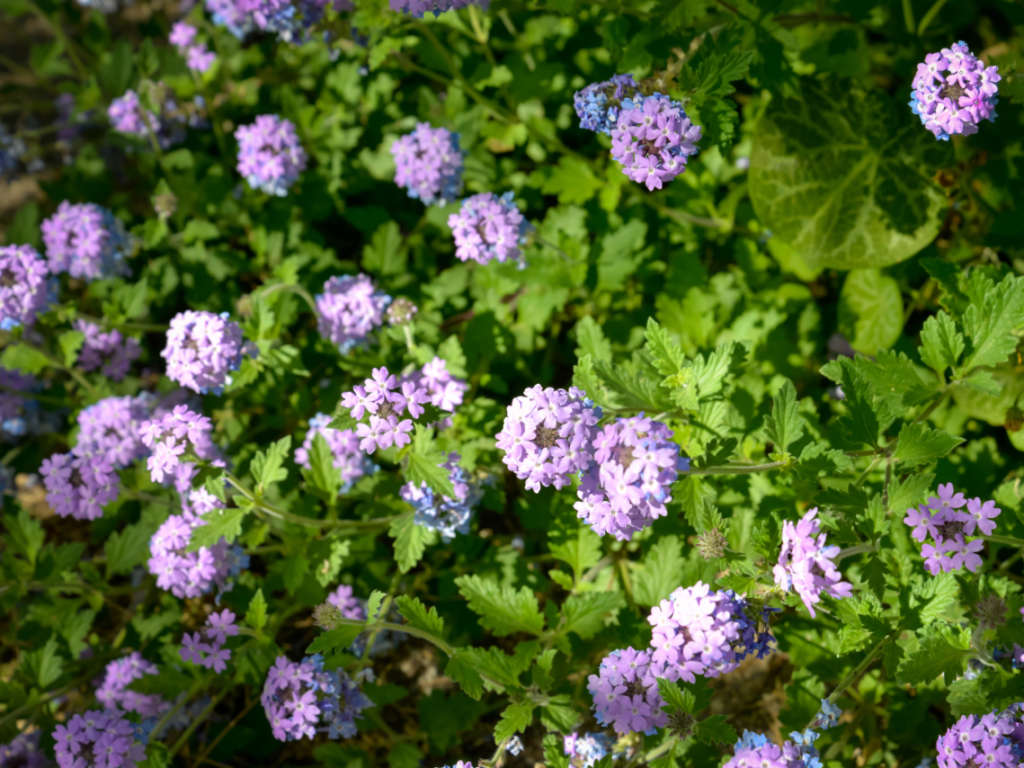
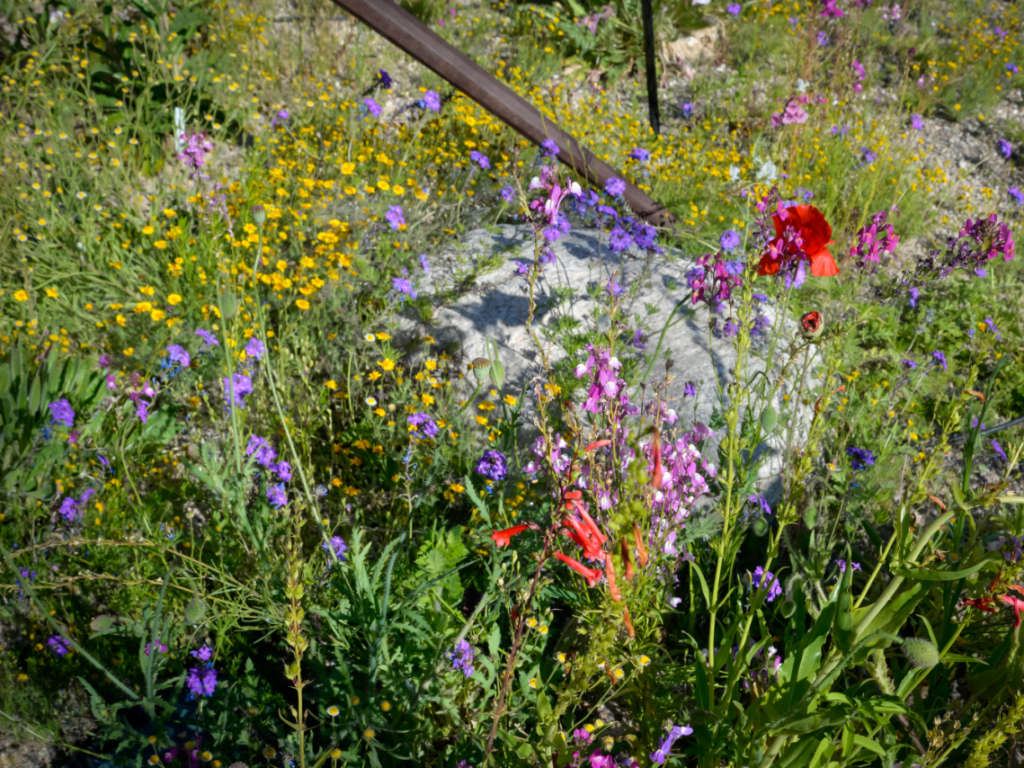
Day 1 – Color In Nature
Insects
How Bees Can See the Invisible
Anyway, spring is in the air!! We’re all thawing out from winter’s chill, and for bees and flowers this season is about one thing: Feeding and fertilizing. Bees are amazing social insects, and their relationship with flowers is one of nature’s coolest examples of “mutualism”. It got me wondering: How do bees see the world? Enjoy this look at how bees see in ultraviolet and even sense electric fields!
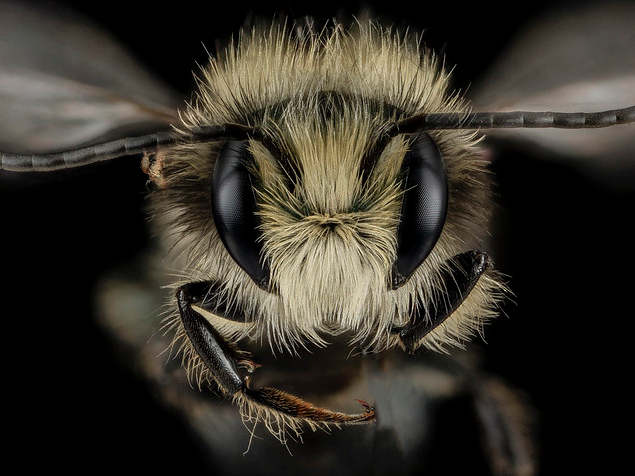
How Bees See and Why It Matters
Scientists consider bees to be a keystone species. They are so important to an ecosystem that it will collapse without them. At least 90 commercially grown crops depend upon bee pollination for survival. How important is the pollination by bees? Ask an almond grower. Without bees, there would be no almonds. Apples, blueberries, cherries, avocados, cucumbers, onions, grapefruit, oranges and pumpkins would also disappear. Bees are the undisputed champions of the pollination world. And their secret weapon? Sight.
Insecta Spectra
The way insects see the colorful world of flowers differs from our perception. The human vision is based on the colors red, green, and blue. Insects however, can also see in the ultra violet (UV) part of the spectrum. Plants make use of this phenomena by advertising secret messages to those who can see in UV. These can be messages of how to spot the nectar, where the pollen is, or landing strips on how to approach the flower. And so, during millions of years, a mutual beneficial relationship evolved: honey for being pollinated.
Birds
Dogs
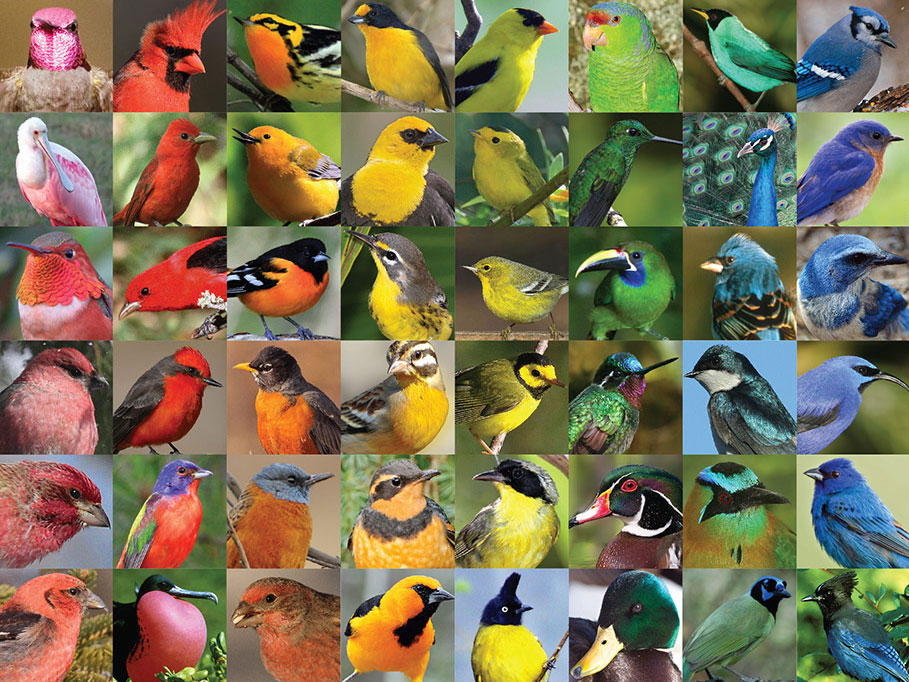
As one might expect from the amazing diversity of colors and patterns exhibited by more than 10,000 bird species found in the world, birds can see color. The colors in the feathers of a bird are formed in two different ways, from either pigments or from light refraction caused by the structure of the feather. In some cases feather colors are the result of a combination of pigment and structural colors.
How Birds Really See the World
Ever wonder what it looks like from a birds-eye-view? Hank explains they see more than you think!
Can Dogs See Color?
Quick Questions dispels the myth that dogs can only see in black and white.
Science of Color
How Do We See Color?
Have you ever taken a bite from a bright red apple and wondered why it looks red to you? Jessi and Squeaks talk about how our eyes and brains help us see color!
Why Do Flowers Have Different Colors?
Simply put, flowers are colorful for one main purpose, survival. Flowers are the reproductive systems of plants and are therefore responsible for assuring that the plants can survive from one generation to another.
Artrageous with Nate
Ever wonder what is inside your paint? Did you know that rocks, crushed insects, and even elephant dung were used to create early pigments?
See What You Have Learned
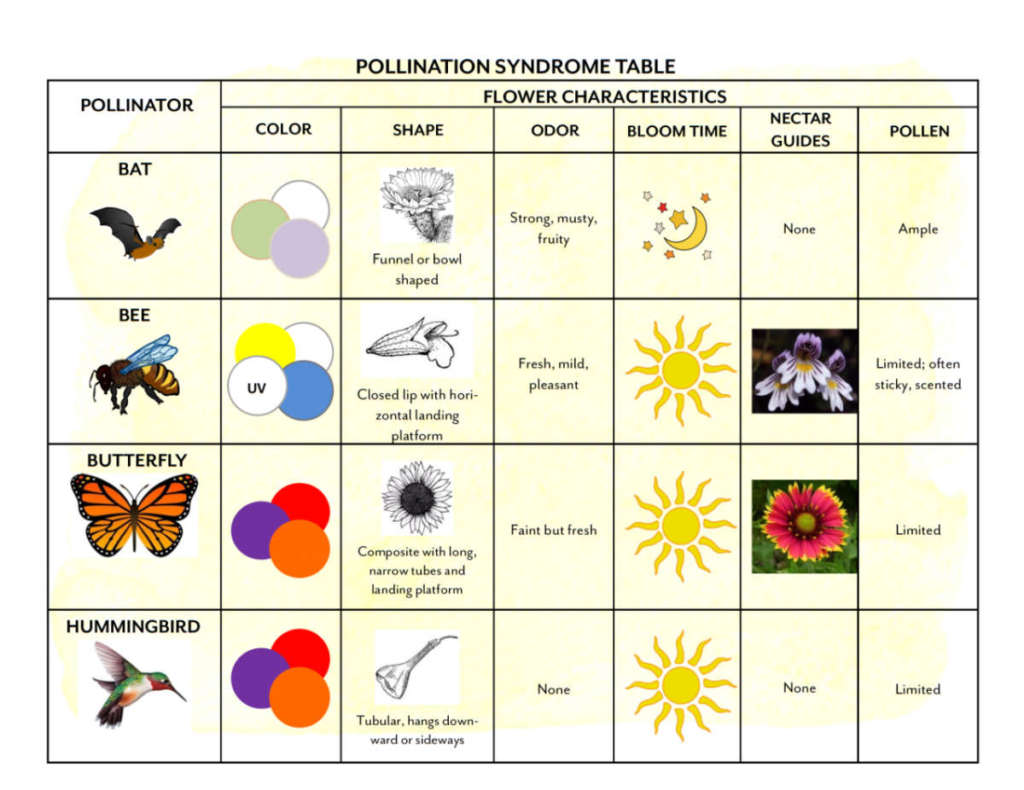
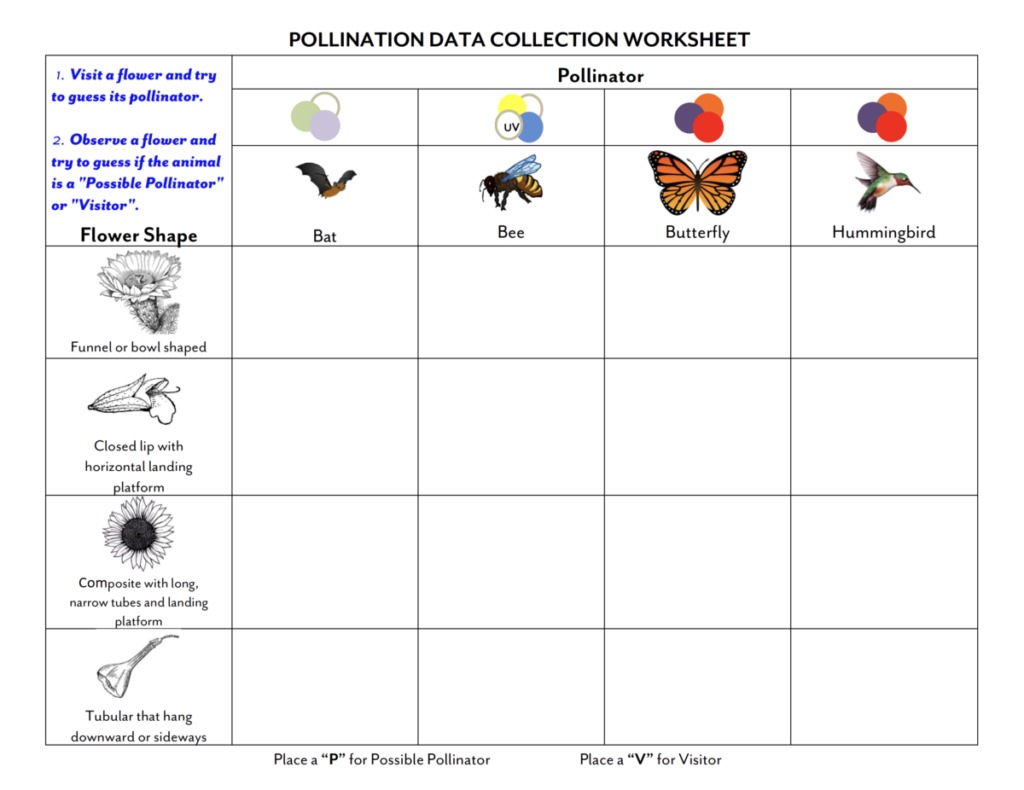
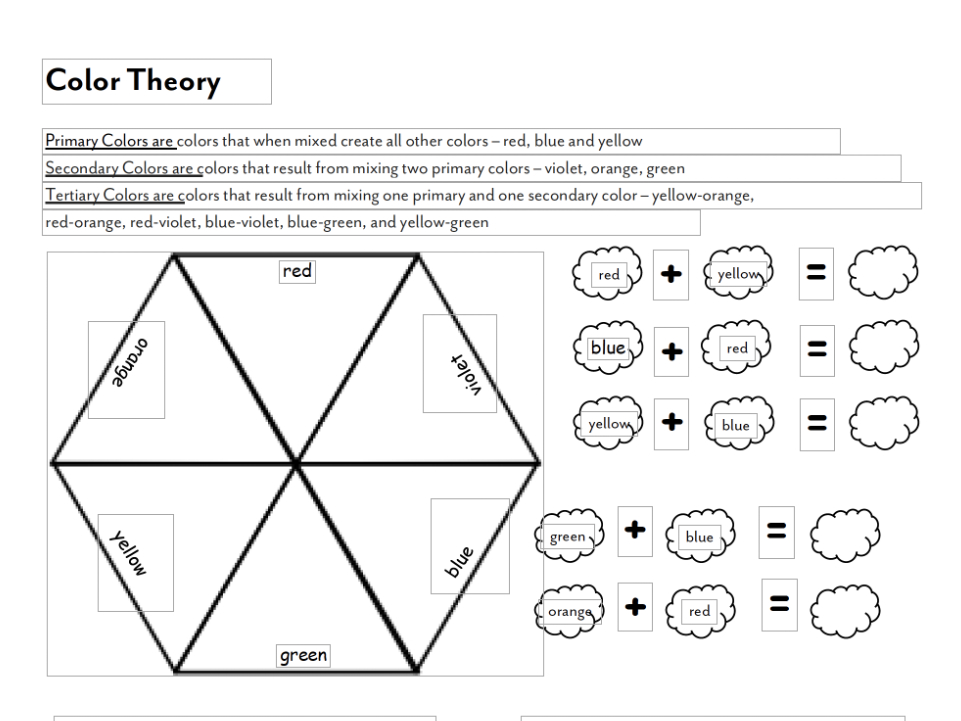
Day 2 – Growing & Harvesting Colors
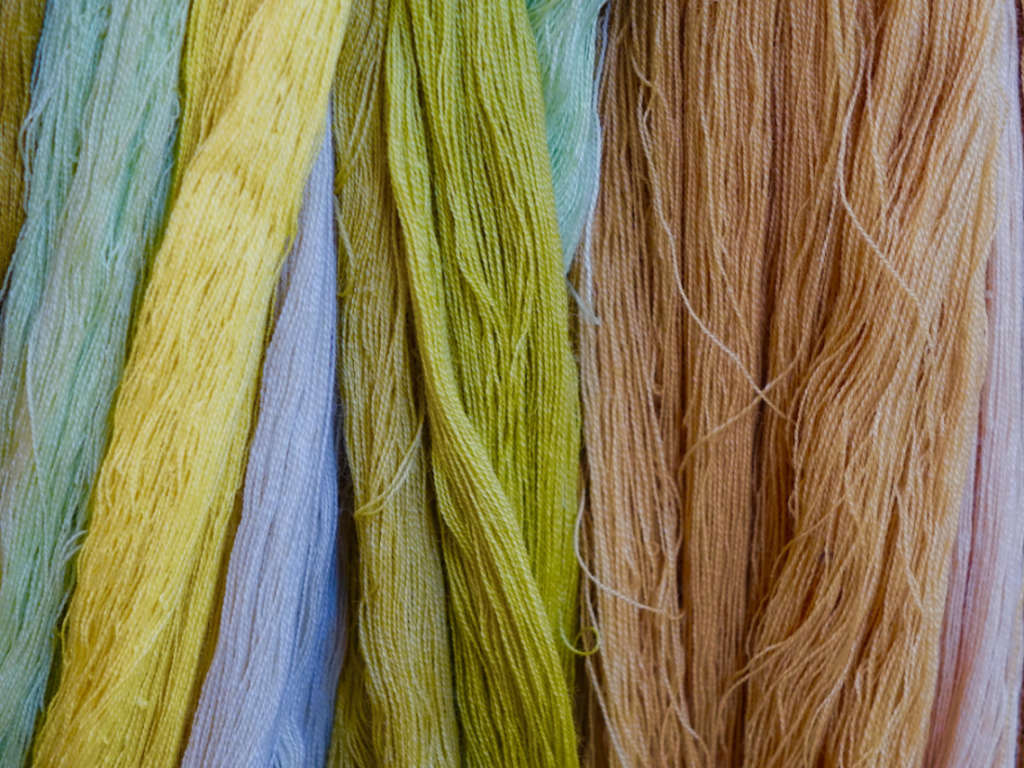
Native Plant Dyes
Plants have been used for natural dyeing since before recorded history. The staining properties of plants were noted by humans and have been used to obtain and retain these colors from plants throughout history. Native plants and their resultant dyes have been used to enhance people’s lives through decoration of animal skins, fabrics, crafts, hair, and even their bodies.
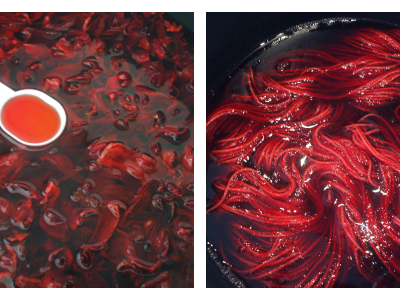
Natural Colors
There are a multitude of naturally dyed yarns, rovings and fabrics out there and sometimes it is hard to imagine where the natural color may have come from! This list is far from exhaustive but will give you a good idea of which natural sources produce which colors. Experimenting with whatever you have on hand is recommended and is half the fun of producing dyes.
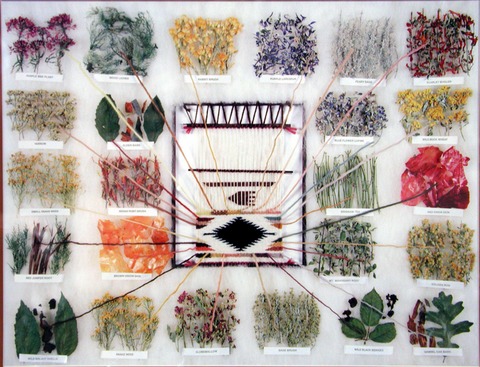
The History of Creating Vegetal Rug Dyes
Weavers have been dyeing the wool for their weavings to create beautiful artistry nearly as long as they’ve been making rugs, tapestries, throws and blankets. And while methods have varied over the years, early Navajo weavers began using natural plant dyes as far back as the 1700s. Today, weavers use a variety of beautiful colors to create gorgeous weavings that are simply breathtaking.
The Dye Process
Indigo
Red Cabbage
Turmeric
Bamboo
If Not Dye, Then Paint
Historical Methods of Making Oil Paint
Free Guide To The Color Wheel

The Bug That Had the World Seeing Red
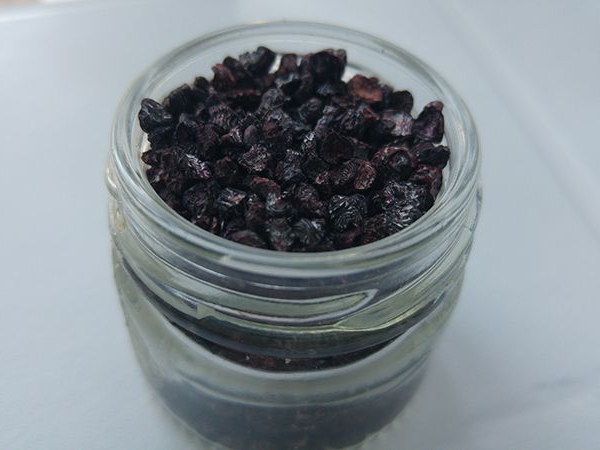
Day 3 – Artistic Expression
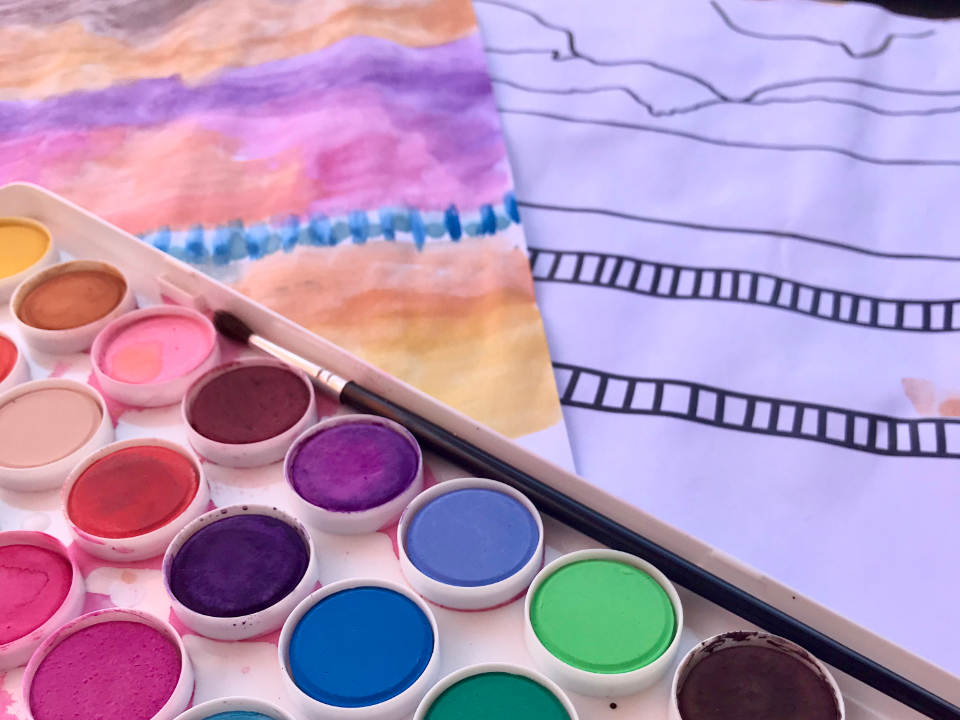
Make it bold and bright! Trying using watercolors or oil pastels this week.
Get more coloring sheets from the
Wheelwright Museum!
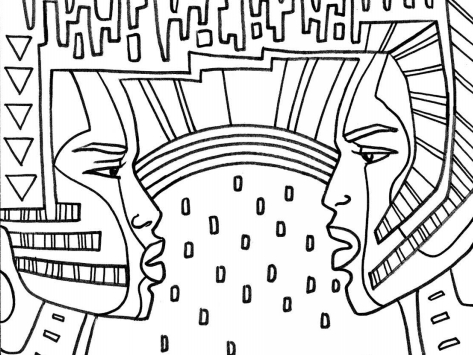
Get To Know The Artists
Curt Pradelt
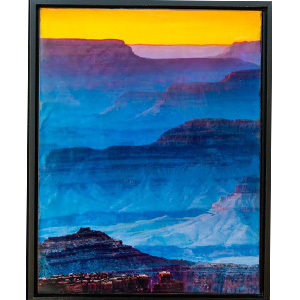
Robin Westenhiser
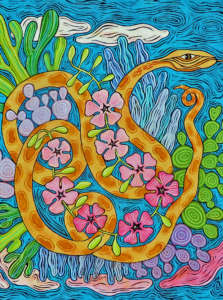
Erinn Kennedy
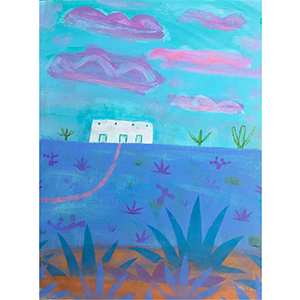
Elizabeth Odiorne
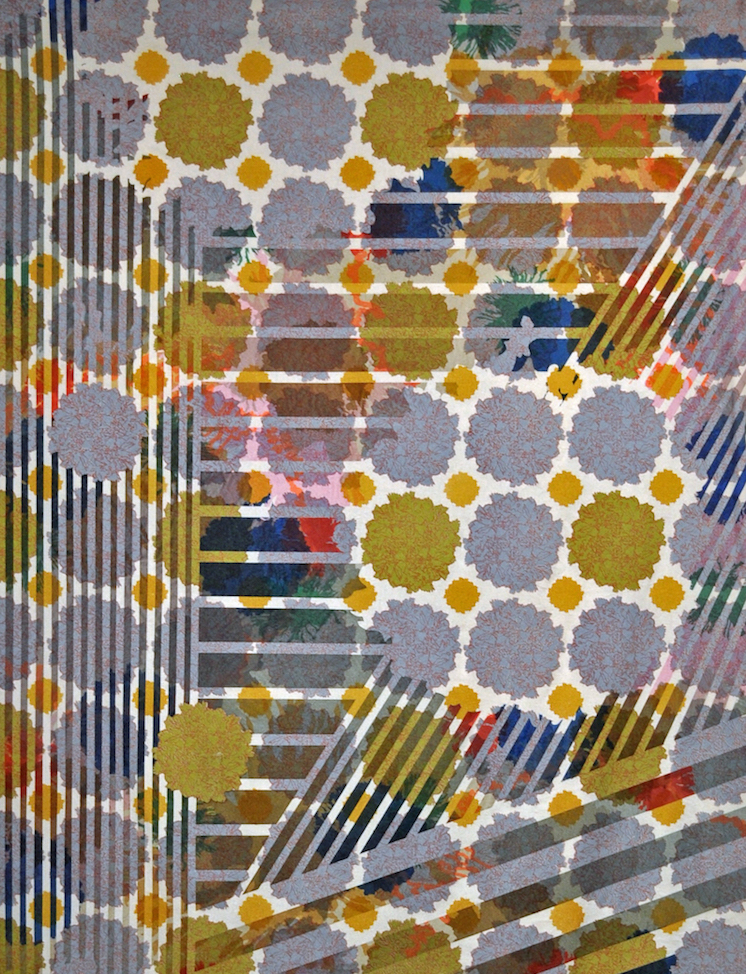
Blue Hour
photograph, encaustic, charcoal on birch board
Curt Pradelt creates beautifully composed photographs that have a painterly feel. The painterly influence of his dream shrouded vistas comes from all directions – Surrealism, Minimalism, Abstract Expressionism, Pop Art, and Japanese Ukiyo-e woodblock prints – and lends
More
each image a stripped down elegance with a sense of mystery. The painterly
quality of the finished work is further enhanced by a layer of Encaustic that covers the image with a subtle veil of
translucent wax, transforming the image to the realm of object. The contemplative mood each piece possesses may
come from Curt’s ability to let things happen when working with the camera – “Sometimes I see the image and then
take the photograph; sometimes I take the photograph and then see the image.”
Visit Curt’s website here!
When the Clouds Turn Pink
acrylic on cradled birch
panel
What drew Robin Westenhiser to Tucson has kept her here over 40 years. The colors, the
dance of light and shadow, a time when the light seems to lavish each object of its desires
and turns the ordinary into something sacred.
More
Her favorite time of day is always when the
clouds turn pink.
Robin works from her home in Tucson, Arizona with a beautiful view of the Santa Catalina
Mountains. She is a collector of things and finds inspiration in her colorful southwestern
surroundings, the Sonoran Desert, the mountains that surround the city and our big blue sky.
Robin’s close proximity to the border has developed a deep love of Mexico, the colors, the
foods, the traditions and the people. She loves to paint in bright colors that make her happy
and feel alive! Robin’s paintings make her smile and she hopes they make others smile too!
Pink Clouds
acrylic on cradled birch
panel
Erinn Kennedy paints the objects and places that she loves and that are a part her everyday
life. Inspiration comes from the natural beauty and historic structures found in the Sonoran
Desert landscape in and around Tucson, Arizona.
More
Erinn infuses her paintings with a moody
atmosphere that hints at an unfolding narrative long ago told by some imaginative and
colorful storyteller. Early in her career, Erinn fell under the spell of Henri Matisse and his use
of simplified shapes, incredible color, and flat tilted perspective. Influenced by her Arizona
surroundings, Erinn has developed a distinct style – a blend of Matisse paired with Folk-Art
elements – that captures the essence of the Desert Southwest.
Visit Erinn’s website here!
Repetition In A Repeat
screenprint on raw silk with tape resists
Elizabeth Odione has been living in Arizona for over 20 years; her studio practice is motivated by her local surroundings. We are surrounded by visually intriguing, recurring designs in nature, ranging from simple to intricate. Her desire is to capture this beauty for you to enjoy.
More
Her screen-printed textiles focus on exemplifying and magnifying the complexity of repeated forms. She is passionate about the time-honored tradition of screen-printing textiles and takes great pride in executing nearly all aspects of the process by hand. Elizabeth is interested in the effects of a maze like environment that completely surrounds and immerses the viewer in patterns that subtly shift with imagery and color. She wants the viewer to absorb and be engrossed in the original drawings, shapes, composition and colors that she has created in her screen-printed designs that evolve and grow as time goes on. Her imagery utilizes a process of repetition that is significant in the memory of shapes and colors throughout her personal timeline. Patterns and motifs signify and reflect on monumental moments or personal achievements. Elizabeth’s intention is to imply that the impact of events subtly evolve over time and are a never-ending source of inspiration and reflection. She wishes to instill an overpowering visual sensation upon entering her installations or when viewing a single panel; a confrontation of brilliant, saturation of colors, layers of delicate linear patterns, embedded with a unique record of personal anecdotes.
Day 4 – Color Theory
Blog by James Schaub – Curator of Exhibitions
I have long been interested in the life an artwork leads – I feel that when a piece is successful, two stories unfold. The first story surrounds the art’s creation with the second emerging when its creator lets it go. Fascinating stories abound about the creative process – usually set in the studio and focused on the hows and the whys of an artist making the work, they are often colored by a certain romance. But, when the work is allowed to enter the world beyond the studio even more fascinating stories can unfold. For me, this is the true intrigue. Furthermore, it is often said that the artist never truly finishes the work, it is the viewer and what they bring to the work and the experience they have with the work that seals the deal.
Read More
I believe all of it, for I have seen it with my own eyes and experienced it with all my senses. I do believe artwork has the power, as an idea and as an object, to generate stories all on and of its own.
I am going to try to relay both stories – the artist: how and why – and – the work: how and why. And ultimately, how and why the viewer is so important; how it is that they can add the finishing touch.
Up in Phoenix, way back in 2003 (I can’t believe it was that long ago), I stumbled upon amazingly fresh work from a painter I had never heard of. Several artists in the exhibition encouraged me go to the juried ARTLINK exhibition connected to the annual Art Detour. I did, it was good, but it was not their work that hit me, maybe theirs was all too familiar. It was the color and the stripes Todd Ros laid down that hit me. I will admit it though – beyond the initial impact, I didn’t spend too long with the work. I didn’t have to or so I thought.
I was under the assumption the works were purely formal – concerned with color, composition, and scale. I admired them for that as well as the paint handling, and then moved on.
In this instance, I did not finish the work.
Two years later in the 2005 Biennial at the Tucson Museum of Art – there he is again. That is exactly what I said when I saw the work – “there he is again.” Could I be so familiar with an artist’s work after seeing only one piece? No, I couldn’t, but I knew the work was his. It was almost like I knew him, but I didn’t. I found out this time too, that I didn’t know anything about his work – this time though, I took the time and I really thought about what I was looking at.
I was rewarded, and I think the work was too.
Todd Ros’ oil on canvas painting was titled Stellar’s Jay. At 44 in. high by 84 in. wide. it commanded the gallery it was installed in.
It was beautiful.
It was intelligent.
It evoked something small, a bird, and made it heroic.
I connected with it quickly – the vertical bands of blues, of blacks, of white, all of different measure, were composed laterally like a musical score or some heraldic device from the avian world. Looking at the painting formally, I was puzzled by its math and the equations it employed, I spent time trying to solve it. I found the title, Stellar’s Jay, moved the painting away from the purely formal, giving it mystery and content. I learned Ros observes the colors that marks the bird’s body, breaks them into percentages/ratios and dividing the canvas accordingly, painstakingly mixes the colors and applies them with surgical precision.
The color was hard to describe – it was not straight from the tube. These were mixtures with subtle nuance and variation. With the large size of the painting, I started thinking about the artist working hard – a master colorist mixing large amounts of these special colors to cover the entire surface. This guy knew what he was doing. The romance of the story was building.
With all of those things going for it, the painting opened itself up for exploration and discussion. Or so I thought. Some of the people I spoke with didn’t get into as much as I did – the formalism, the stripes seemed to stop them cold.
Nonetheless, I was mightily impressed. Ros’ work stayed in my memory, the impact of my discovery together with my curiosity had me wondering what kind of work would follow. To me the work was technically and conceptually astute, without being ironic or formulaic – extremely fertile ground for an artist to work from.
In this scenario, I think it was me that finished the work.
I wanted to see more of Ros’ work, and I did. It took nine years. In 2014 (time flies), Todd sent in several images for consideration for the exhibition Sonoran Desert: Large and Small. I recognized them immediately and was again impressed. Unfortunately, Todd’s work did not feel right with how the exhibition was taking shape. I had to pass; however, there was a silver lining for everyone – about a year later we would be working on the exhibition Taking Flight: the Bird in Art. I felt Todd’s work would be perfect for Tohono Chul. I contacted Todd sometime later and told him just that – he sent some work in, we asked for more. We selected four paintings – I loved how different they were from everything else we looked at and how well they worked with the pieces we selected. I was happy to be working with Todd and could not wait to see the work in person.
Getting ready to promote the exhibition, I had an image of Todd’s work on the screen of my computer. Jo Falls, Director of Education and my immediate supervisor stopped by for a visit. She inquired about the “screen saver” on my computer. I told her it wasn’t a screen saver – that it was one of four pieces to be exhibited in the Taking Flight exhibition. She was incredulous – “James, that is not a bird – those are stripes!” I explained that it was indeed a bird and reiterated Todd’s process of observing and analyzing the ratios of color across a bird’s body and translating the information into paint across a canvas. Being as curious as she is and being a very experienced birder she started to observe and analyze the image before her – she nailed it. Our trusted volunteer Phil Davis, also an experienced birder and already familiar with Todd’s approach, spun around in his chair and together with Jo they were able to identify every bird that was going into the exhibition. We went to his website – together they figured out the birds that lived in North America, Jo got a few from South America and they came close to identifying birds from East Asia.
They were delighted. So was I.
We all recognized that Todd put the work in, recording the information so exactly that two people were able to determine the subject by bands of color. It was amazing.
Even more amazing – in the three months that followed we heard docents and volunteers sharing Todd’s work with visitors. For a great many people it was a revelation. Entering Todd’s work in the context of that exhibition, with or without a guide, was not so daunting, it was rewarding. Stories developed and were shared of how the experience changed the way they looked at things.
With every story – the viewer finished the piece. Todd’ approach and intent held fast; nevertheless, everyone walked away with a new way of viewing the world.
Much like my first contact with his work, the people drawn to Todd’s work felt like they knew him. For a while he was simply known as the stripe guy – but with works in the exhibitions Day for Night , Arizona Abstract, !0 x 10, Call and Response, Desert Duet (a collaborative exhibition with his wife Erinn Kennedy), and currently On the Desert: the Discovery and Invention of Color we did get to know Todd. We have seen him represent birds, cycles of time, desert plants, a basket, flowers, and now his Sonoran Garden.
Sonoran Garden is 54 in. high and 84 in. wide, it hangs near a window looking out on the desert. The label reads: TODD ROS . Sonoran Garden . oil on canvas. It contains no statement – It doesn’t need one. Look out the window and there it is. Each band of color is a plant in Todd’s garden. Like the paintings before it, it works in a multitude of ways with color being the key and observation the driver. But for me – this painting is different – it is not finished yet; not by me or anyone else.
It tells its own story. It represents a personal space and becomes one itself. It is a meditative sanctuary. It is endless.
To learn more about TODD ROS go to toddros.com
Mini Art Talks
Josef Albers’ “Interaction of Color”
The Brilliant History of Color in Art
Intro to Color Theory – Terminology
[expand title=”More Videos” rel=”fiction”]
INDIAN YELLOW – cow urine
CARMINE – cochineal
MAYAN BLUE – indigo and mineral clay
TYRIAN PURPLE – muricidae snail
SCHEELE’s GREEN – copper and arsenic
MUMMY BROWN – mummy
[/expand]
Day 5 – Weekend Inspiration
Bring More Color Into Your Life
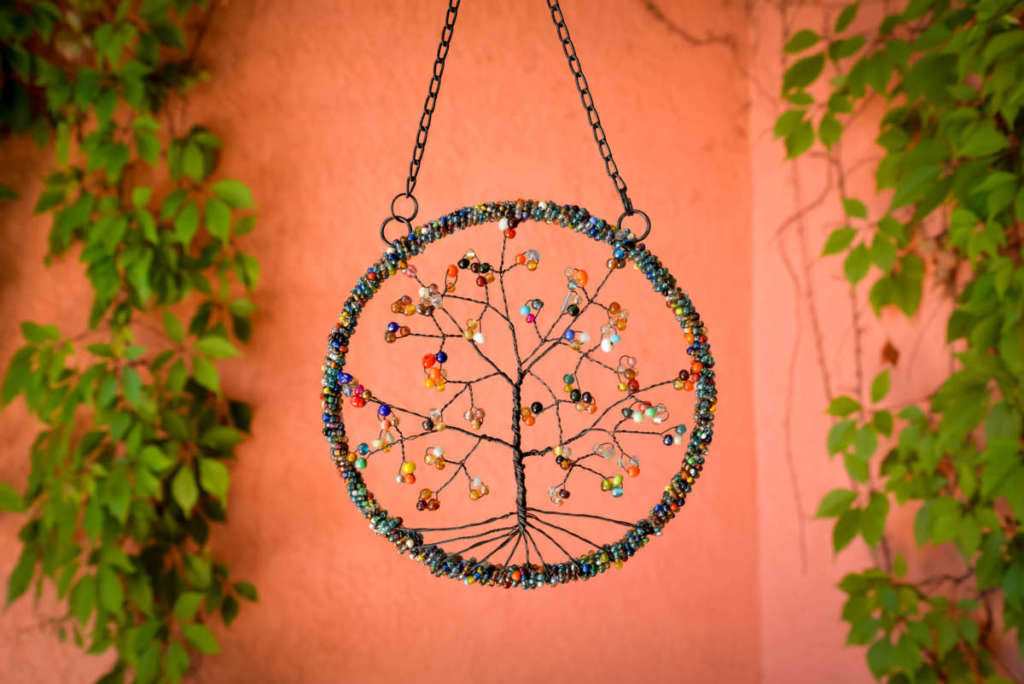
Tree of Life sculptures
Available in small and large
Painterly Inspiration
Make A Yucca Paintbrush
How to Make Paint
[expand title=”More Videos” rel=”fiction”]
Some Bob Ross Desert Magic
Arizona Splendor
Cactus at Sunset
Southwest Serenity
Desert Hues
Desert Glow
[/expand]
Next Week’s Theme
